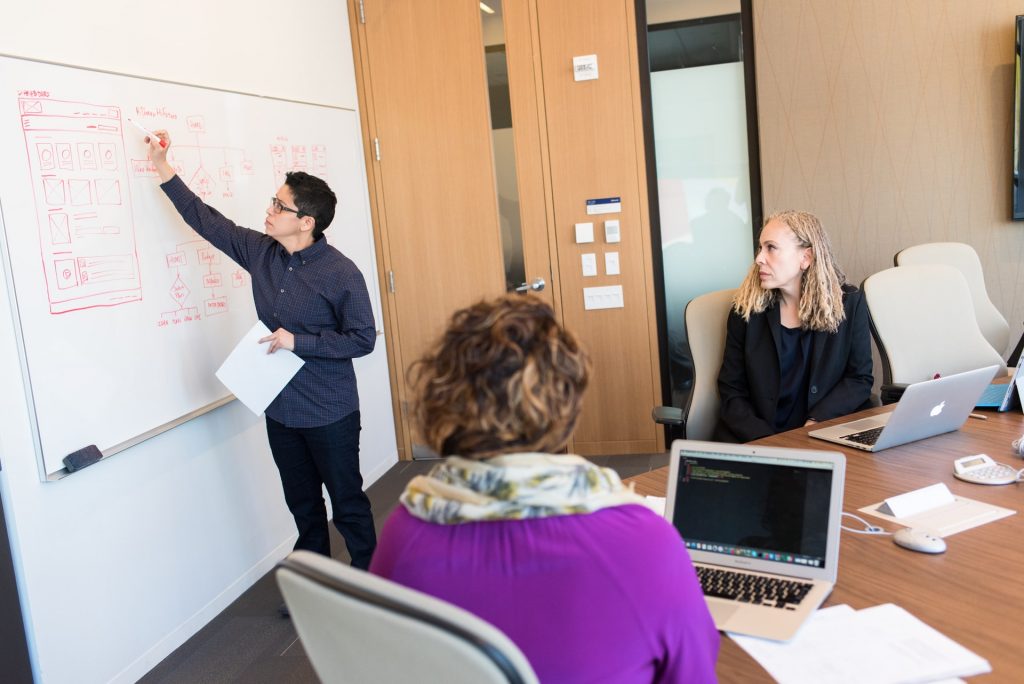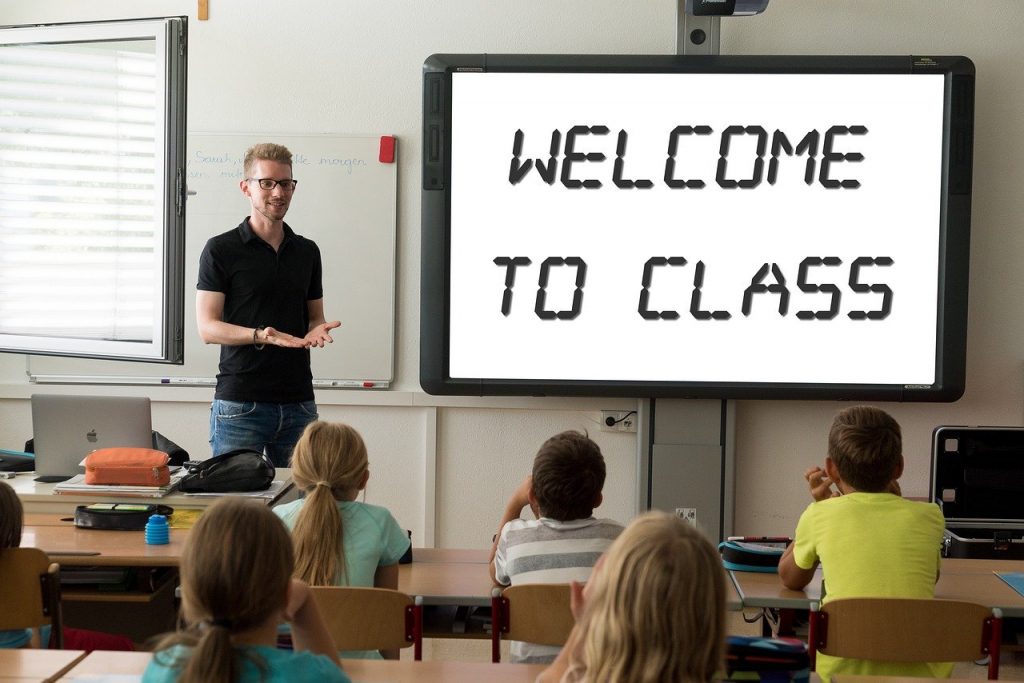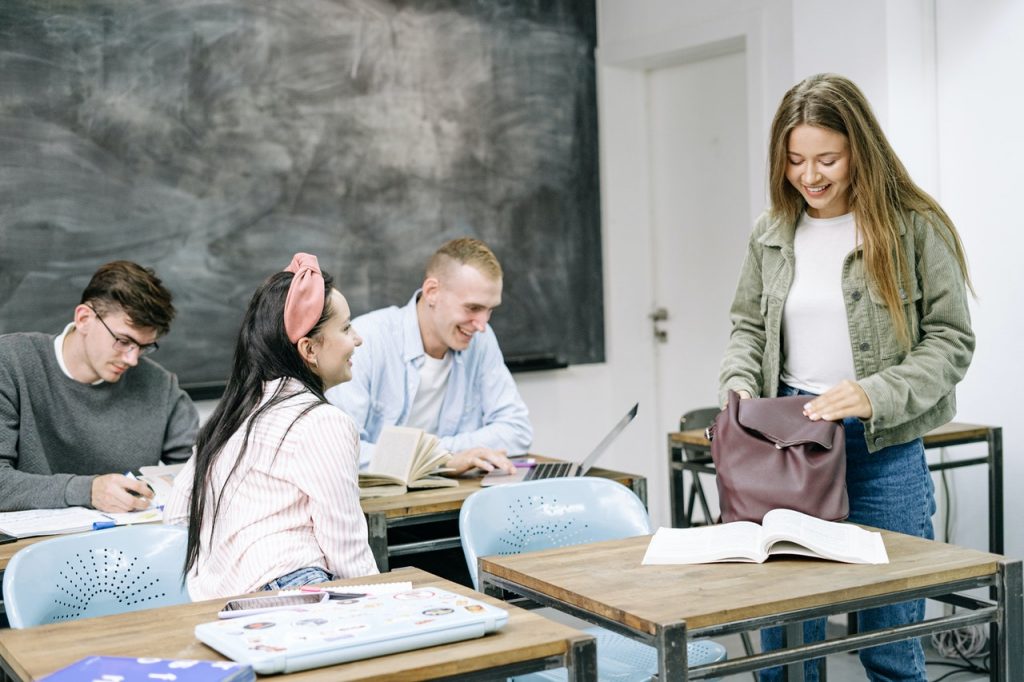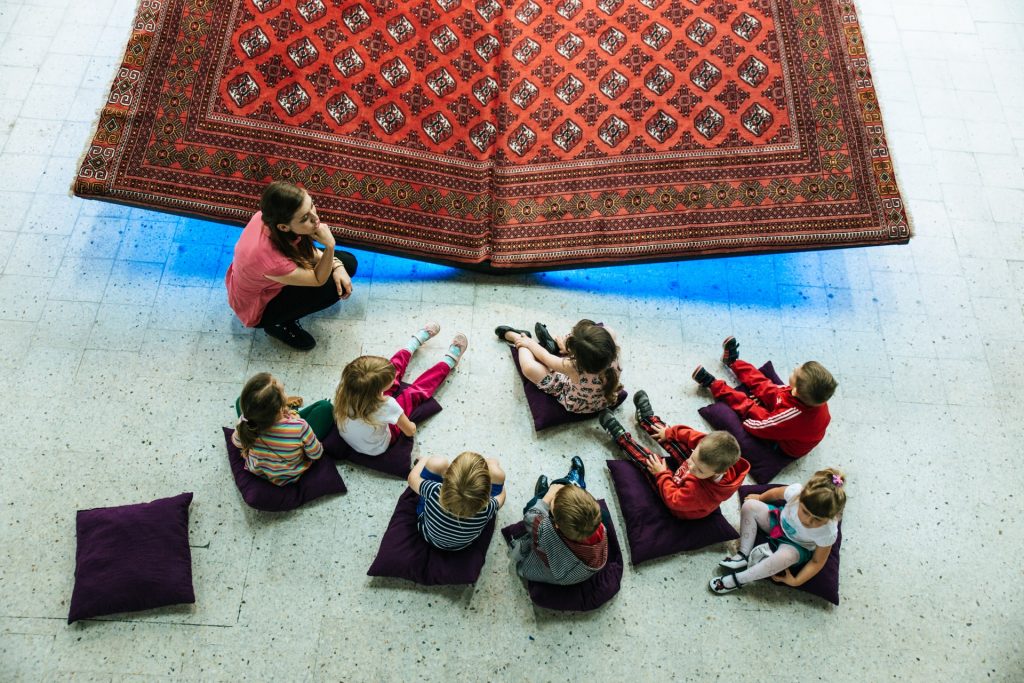Are you looking for tactics to motivate students to behave appropriately in the presence of other educators? If so, keep reading.
1. Get the substitute authority figure to help the student begin tasks, check their work, give instant feedback, etc.
2. Get the student to keep a record of their academic performance while a substitute authority figure is in the classroom.
3. Notify the students in advance when it will be appropriate for a substitute authority figure to be in the classroom. Create expectations for behavior and academic performance.
4. Give the substitute authority figure with instructions for action to be taken if the student becomes abusive or menacing.
5. Teach the student to think before acting (e.g., they should ask themselves, “What is happening?” “What am I doing?” “What should I do?” “What will be best for me?”).
6. Get the student to question any directions, explanations, or instructions not grasped.
7. Assess the appropriateness of the task to ascertain (a) if the task is too easy, (b) if the task is too complicated, and (c) if the duration of time scheduled to finish the task is sufficient.
8. Connect with parents (e.g., notes home, phone calls, etc.) to disseminate information about the student’s progress. The parents may reinforce the student at home for demonstrating appropriate behavior in the presence of a substitute authority figure.
9. Draft an agreement with the student stipulating what behavior is required (e.g., following the substitute authority figure’s instructions) and which reinforcement will be implemented when the agreement has been met.
10. Praise those students in the classroom who demonstrate appropriate behavior in the presence of a substitute authority figure.
11. Create classroom rules: • Complete every assignment. • Remain in your seat. • Finish tasks. • Meet task expectations. • Raise your hand. Examine rules often. Praise students for following the rules.
12. Converse with the student to explain (a) what the student is doing wrong (e.g., not following the substitute authority figure’s instructions, not following classroom rules, etc.) and (b) what the student should be doing (e.g., following the substitute authority figure’s instructions, following classroom rules, etc.).
13. Let the student voice their opinion in a situation to hear their side of the story.
14. Praise the student for demonstrating appropriate behavior in the presence of a substitute authority figure: (a) give the student a concrete reward (e.g., privileges such as leading the line, handing out learning materials, 10 minutes of free time, etc.) or (b) give the student an informal reward (e.g., praise, handshake, smile, etc.).
15. Consider using a classroom management app. Click here to view a list of apps that we recommend.
16. Consider using an adaptive behavior management app. Click here to view a list of apps that we recommend.
17. Consider using Alexa to help the student learn to behave appropriately. Click here to read an article that we wrote on the subject.
18. Click here to learn about six bonus strategies for challenging problem behaviors and mastering classroom management.











